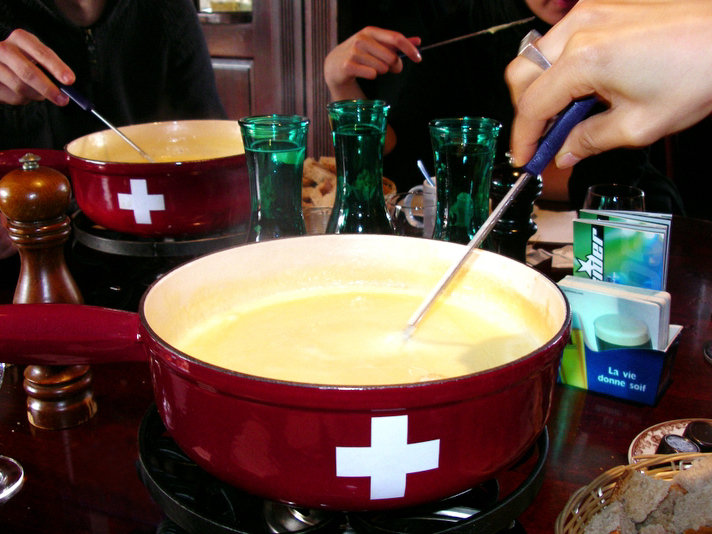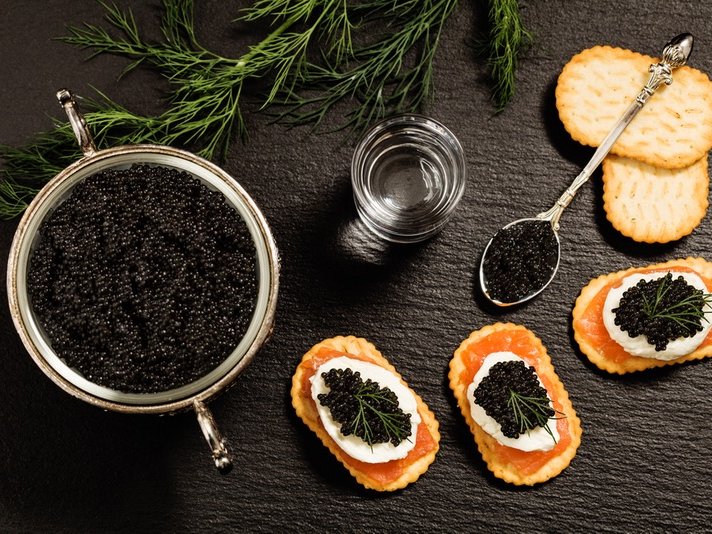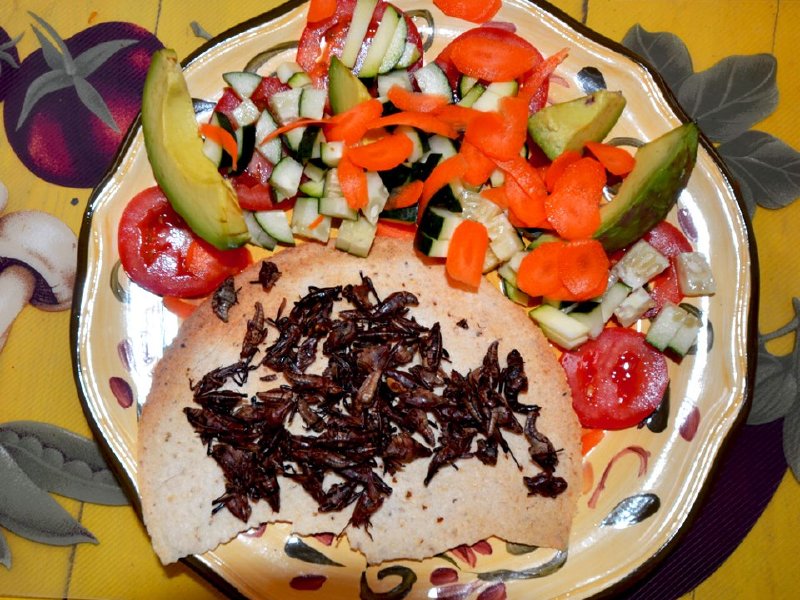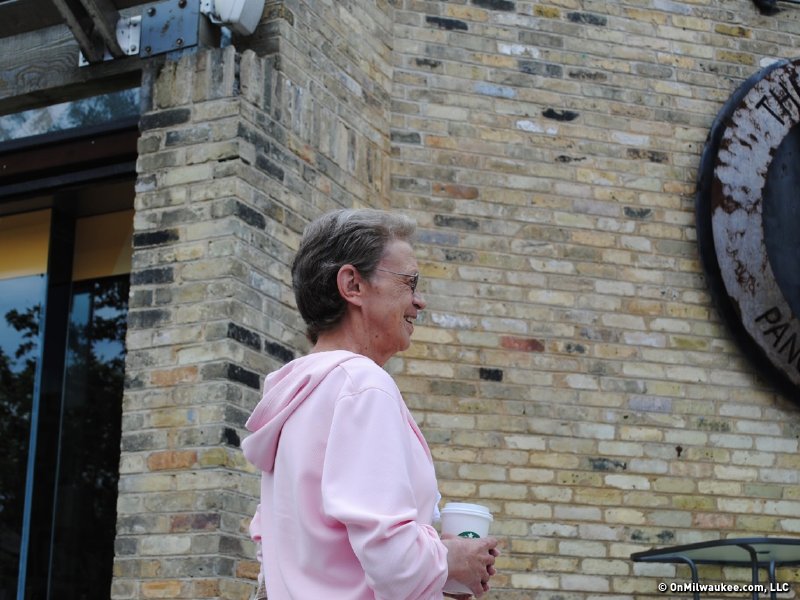Have a cow, man. Why not? After all, it's Dairy Month here at OnMilwaukee.com. Join us all month long as we explore all things that make you go "Moo" and celebrate America's Dairyland during the Dairy Days of Summer! Brought to you by OnMilwaukee.com and the Wisconsin Milk Marketing Board.
The very word conjures images of joy, intimacy and romance. Fondue! Say it like "fun do" or even "do fun." The simplicity of fondue is matched by the joy of sharing food and experience.
Fondue is the act of melting cheese in a pot and then dipping edible items into the cheese in bite sized portions. There are two basic types of fondue. One is melting cheese and the other is hot oil into which things that need to be cooked are placed.
Both have in common the use of long forks. While I care a bit about the oil fondue, it is the cheese fondue that really churns my cheddar. While it seems simple, there are things to know to make your experience perfect.
I talked to the best chef I know, who also happens to own the best restaurant in which I’ve ever eaten. Sandy D’Amato owns Sanford and he gave me some hints on how to make a great fondue.
Most people when they make a fondue melt a single cheese and start dipping.
"The cheese should be grated for even melting," D’Amato said. "Use a dry white wine with a good acidity level to balance off the richness of the cheese. I like to use a mixture of cheeses for a classic fondue: an Emmental for backbone, Gruyere for its assertive middle and nutty finish and Appenzeller for acidity and snappiness."
The cheese is melted in a caquelon which is a pot that comes in so many varieties that making up your mind which one to use seems a daunting task.
"I like a heavy ceramic pot for even heat," said D’Amato. "The stainless and cast iron are better for oil based fondue. Having an adjustable flame tamer is important to keep the fondue lightly molten but not boiling away."
The other thing I love about fondue is the touch of adventure that it provides for any chef. The ingredients for fondue, both for melting and dipping are limited only by your imagination. But there are so many other possibilities. You can dip seafood such as shrimp or lobster bits. Bread, of course and vegetables are common fondue dippers.
One of my favorites is to take a great cut of beef tenderloin, cut into bite-sized bits, sear it on a grill and then dip it into a mellow cheese melt.
Some things to remember: The food should never be eaten off the fork you use for dipping. Small plates are best used for choosing which items you want to dip, and watch the cheese carefully to avoid any unexpected burn.
And one final tip from D’Amato, one that was new to me.
"An important part of a classic fondue is the addition of a bit of cornstarch mixed with the grated cheese to keep all the cheese fat in suspension for a beautiful, creamy texture," he said.
That’s it. Go get some cheese, a caquelon and someone you love to share it with and try fondue.
With a history in Milwaukee stretching back decades, Dave tries to bring a unique perspective to his writing, whether it's sports, politics, theater or any other issue.
He's seen Milwaukee grow, suffer pangs of growth, strive for success and has been involved in many efforts to both shape and re-shape the city. He's a happy man, now that he's quit playing golf, and enjoys music, his children and grandchildren and the myriad of sports in this state. He loves great food and hates bullies and people who think they are smarter than everyone else.
This whole Internet thing continues to baffle him, but he's willing to play the game as long as OnMilwaukee.com keeps lending him a helping hand. He is constantly amazed that just a few dedicated people can provide so much news and information to a hungry public.
Despite some opinions to the contrary, Dave likes most stuff. But he is a skeptic who constantly wonders about the world around him. So many questions, so few answers.







